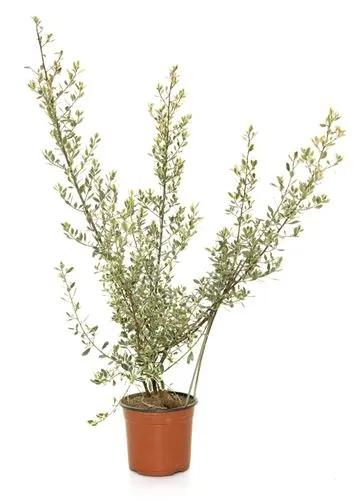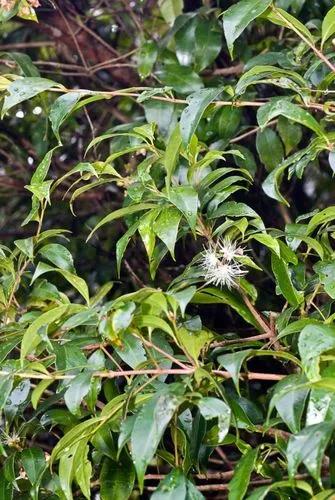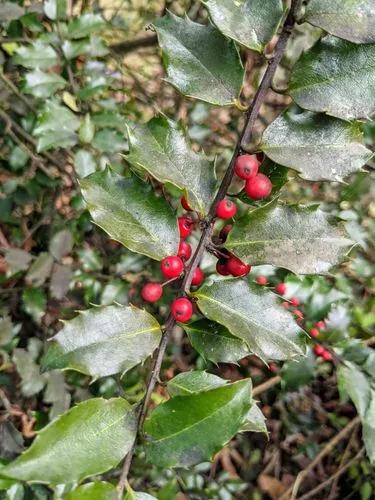The Mission olive is a cultivar of olive developed in California, by Spanish missions along El Camino Real in the late 18th century. Mission trees can reach heights of 40 and 50 feet (12 and 15 m).They produce small fruit, typically of around 4.1 grams (0.14 oz). It has the lowest flesh-to-pit ratio (6.5:1) and greatest cold resistance of any commercial cultivar in California.
Mission Olive Tree Care
Olea Europaea 'mission Olive'



The Mission olive has been included in the Ark of Taste, an international catalog of endangered heritage foods maintained by the Slow Food movement.
How to Care for the Plant

Water

Water young trees daily after planting, especially in the spring as weather warms up. As the tree grows, extend the watering basin to just outside the branch ends. You can also use drip irrigation. Keep weeds controlled so they don't compete with your tree.

Pruning

Don't start trimming olive trees during their first year or their second year.

Fertilizer

Young olive trees may require fertilizing after planting, depending on the time of the year (see below). Established olive trees require fertilizer to stay healthy and produce every year. They need a balanced fertilizer with a 16-16-16 nitrogen, phosphorus, potassium ratio or similar.

Sunlight

Unfortunately for those of us living in cavelike spaces, the olive tree, like most fruit trees, prefers full sun (at least six hours a day). A sunny, south-facing window is ideal.

Soil

Be aware that olive trees cannot tolerate poorly drained soil which causes the death of olive trees more than any other factor, according to the University of California, so be sure to select a site with sandy or even rocky soil, as opposed to clayish soils.

Temperature

Olives need long warm summers of at least 80 F. (27 C.), along with cool night temperatures of 35-50 F. (2-10 C.) in order to set flower buds.

Container

Plant your tree in a mix of potting soil and perlite or small rocks. When selecting a container, opt for clay or wood. Plastic containers retain more water, which can be deadly for an olive tree. Place your container grown olive trees in a spot that receives at least 6 hours of full sunlight each day.

Additional

Native to the Mediterranean, Olive trees have quickly found their place in the Texas landscape. The drupe olive fruits start green, and turn black when they ripen in the fall. ... It is commonly believed they are toxic, however they are simply extremely bitter and often get cured before being eaten.
Description. Mission trees can reach heights of 40 and 50 feet (12 and 15 m). They produce small fruit, typically of around 4.1 grams (0.14 oz). It has the lowest flesh-to-pit ratio (6.5:1) and greatest cold resistance of any commercial cultivar in California.
Popularity

379 people already have this plant 50 people have added this plant to their wishlists
Discover more plants with the list below
Popular articles






